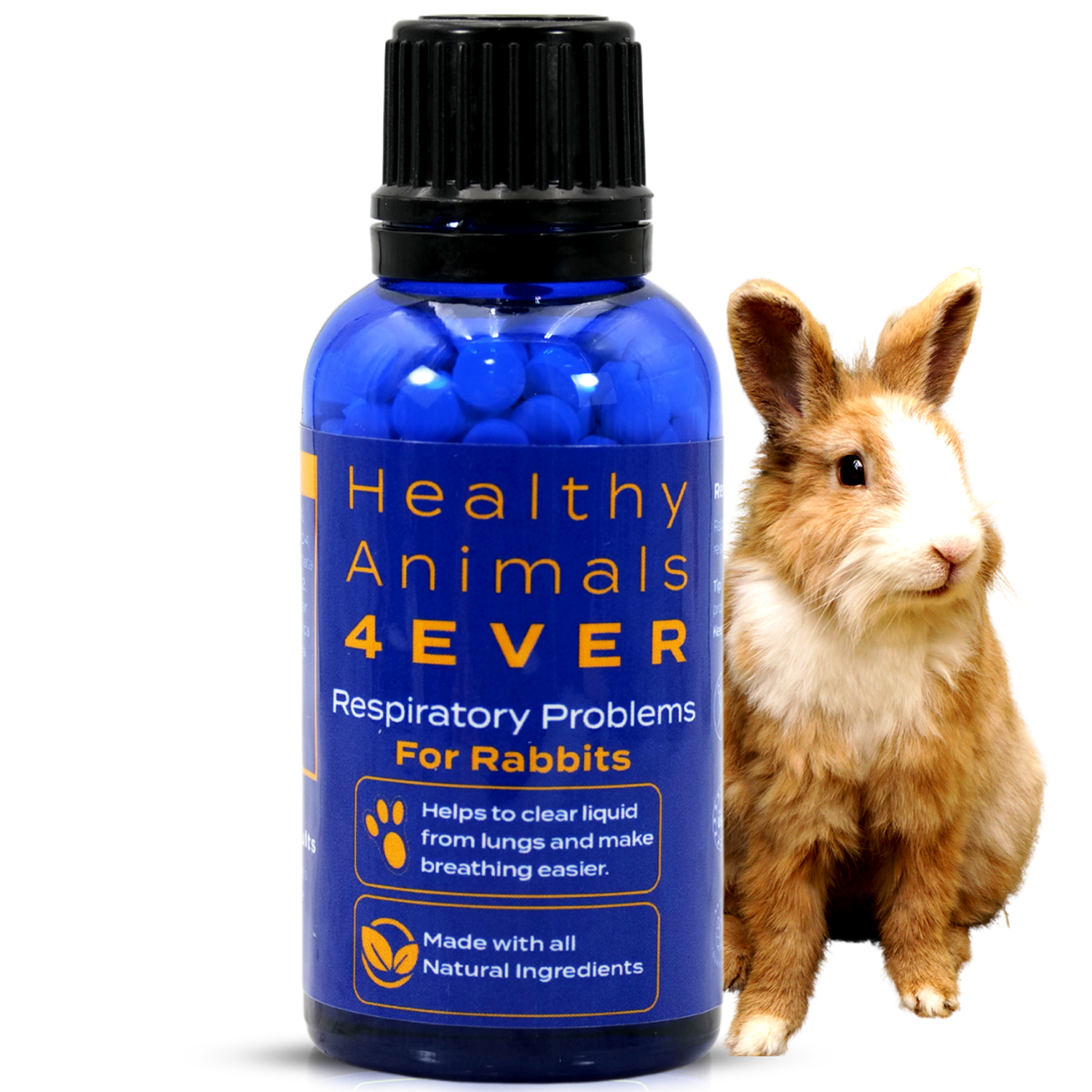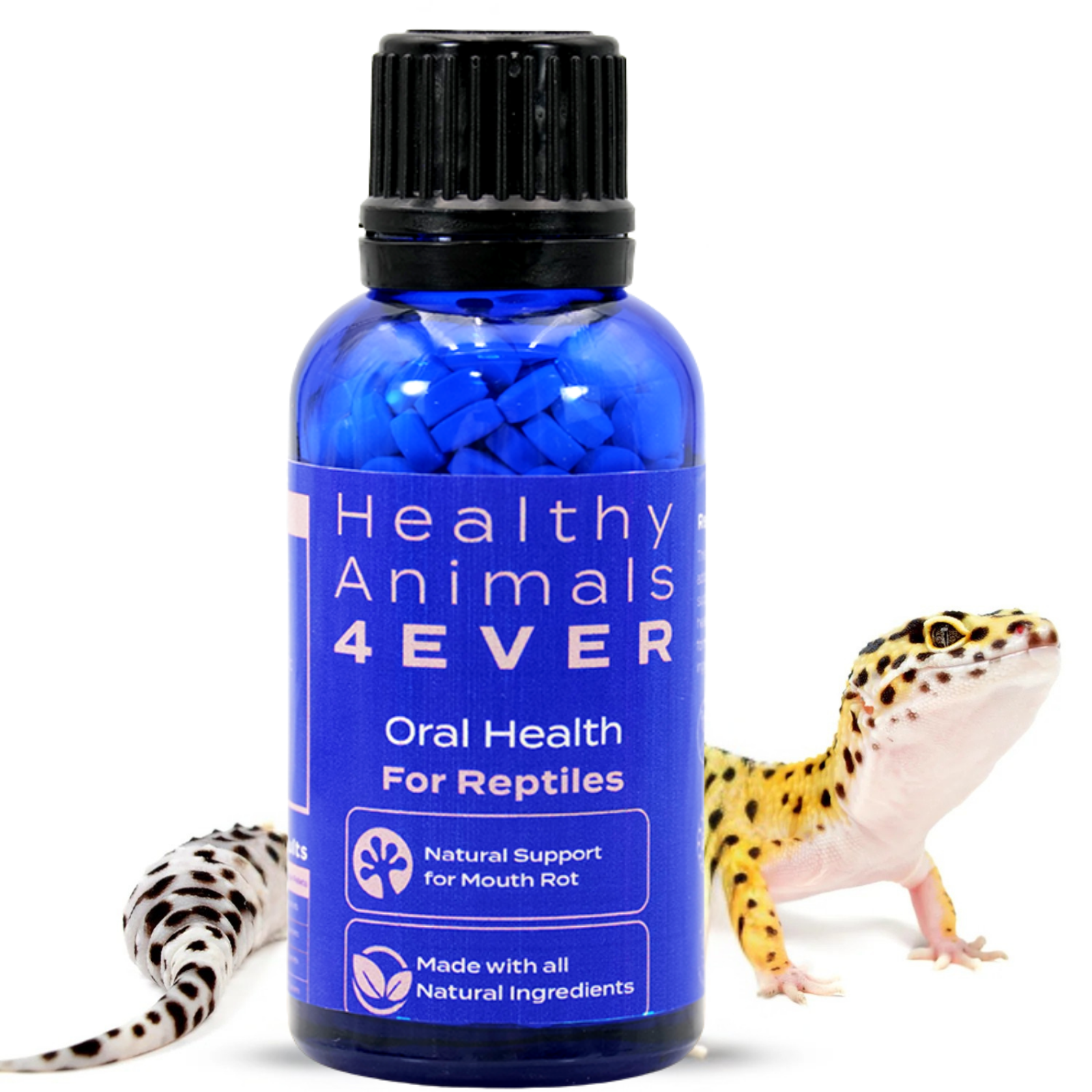Preventing and Treating Mud Fever in Horses: Causes, Symptoms, and Natural Remedies
Mud fever is common in horses, especially during wet seasons when fields become muddy swamps. It's an annoying skin condition that usually affects the legs, particularly around the heels and lower limbs, where they're constantly exposed to wet, dirty ground. The moisture breaks down the skin, letting bacteria in, which leads to painful, crusty scabs and irritation. If left untreated, it can get pretty uncomfortable for the horse and, in some cases, even lead to lameness.
While plenty of medical treatments are available, many prefer natural remedies to help their horses heal. These options are often gentler on the skin. They can help reduce inflammation, fight bacteria, and promote healing without harsh chemicals. From soothing herbal washes to antibacterial essential oils, there are many ways to treat mud fever naturally. The key is to keep the affected area clean, dry and well-maintained while letting nature's ingredients work their magic.
Hoof issues support is a natural remedy for hoof-related issues. Helps with cracked hooves, brittleness, and discomfort during movement. Promotes healthy hoof growth while soothing irritation. All-natural formula. Safe and gentle for all horse breeds.
Causes of Mud Fever
Mud fever happens when horses are exposed to damp, muddy environments for too long. Constant moisture softens their skin, making it easier for bacteria and fungi to get in and cause infections. The leading cause is a bacteria called Dermatophilus congolensis, which thrives in wet conditions. It often hides in mud and waits for the skin to crack. Once there’s a break in the skin, like from too much moisture or small cuts, bacteria enter, and infection starts.
Some fungi and parasites, like mites, can also contribute to mud fever. Fungal infections can make things worse, especially when combined with bacterial infections. Horses with long hair on their legs (like Clydesdales) or those with weaker immune systems, sensitive skin, or existing injuries are at higher risk because moisture can get trapped, creating the perfect environment for bacteria to grow.

Signs of Mud Fever
Mud fever usually appears on a horse's legs, especially the heels and lower limbs, since these areas are in constant contact with wet ground. The first signs to look out for are redness, swelling, or heat on the lower legs, particularly around the pasterns. Your horse may become more sensitive in these spots, pulling away when you touch them.
As the infection progresses, you'll start to see thick, crusty scabs forming, often called "cracked heels." You'll likely find raw, sore skin underneath if you carefully remove these scabs. In more severe cases, the skin might ooze, crack, or become so swollen that the horse struggles to move, becoming lame. You might also notice your horse scratching or rubbing the area because it's itchy and uncomfortable.
Laminitis support is a natural remedy for horse Laminitis. It is recommended for inflamed hooves, pain, and discomfort. Supports healthy hoof growth. All-natural formula. Suitable for horses of all ages and activity levels. Easy to take.
How Can You Prevent Mud Fever?
Preventing mud fever is mostly about keeping your horse's legs clean and dry, especially when they're exposed to wet, muddy conditions. Horses that spend much time standing in mud or wet grass are more likely to develop mud fever, so a simple prevention tip is to reduce their exposure to these conditions. This could mean bringing them inside or moving them to drier ground during wet weather.
Regular grooming is also key. Frequently check and clean your horse’s legs, especially in the rainy months. If their legs get muddy, wash them gently with warm water and mild soap, and then dry the area thoroughly. Leaving wet mud on their legs or not correctly drying them can create the perfect breeding ground for bacteria and fungi.
Another helpful tip is to apply a barrier cream or ointment before turning your horse out in muddy areas. Something like petroleum jelly or a special hoof ointment creates a water-resistant layer, helping to keep moisture from soaking into the skin. Just make sure their legs are clean before applying it, as you don’t want to trap dirt or bacteria under the cream.
If your horse has long hair on their legs, consider trimming or clipping it, especially if they have feathers. This reduces the amount of mud and moisture trapped close to the skin, making it easier to keep the area dry and clean.
Finally, ensure their living environment is as dry and clean as possible. Regularly cleaning out stalls and turnout areas can help reduce the risk of mud fever. Your horse may have to walk through particularly muddy areas. In that case, setting up better drainage or adding gravel can minimize the amount of mud they encounter.
In short, preventing mud fever is all about good hygiene and limiting your horse’s exposure to wet, muddy conditions. You can’t always avoid mud entirely, but keeping their legs dry and clean can go a long way in keeping mud fever at bay.

Treating Mud Fever
When it comes to treating mud fever in horses, the primary goals are to stop the infection, soothe the skin, and keep the affected area clean and dry. Start by moving your horse to a dry, sheltered space to minimize their exposure to mud and wet conditions.
Once they're in a safe spot, gently clean the affected area using warm water and a mild antibacterial soap or medicated shampoo. This will help remove dirt, bacteria, and any scabs. After washing, thoroughly dry the legs—pat them with a clean towel to avoid irritating the skin further.
Next, apply a topical antibiotic cream or ointment to fight off the infection and soothe the skin. Your vet may also suggest using a steroid cream to reduce inflammation and itching. In more serious cases, they might prescribe oral antibiotics or anti-inflammatory drugs to help with swelling and discomfort. While your horse's legs heal, it's essential to protect them. A light bandage can keep the ointment in place and block dirt from getting into the sores. Just remember to change the bandage regularly and check the area daily to ensure it's healing properly.

Natural Remedies for Mud Fever
If you want a more natural approach, some gentle remedies can help you. These natural options support your horse's healing without relying too much on chemicals. Coconut oil and aloe vera are fantastic for soothing irritated skin and softening scabs. Coconut oil even has antibacterial and antifungal properties, which can help fight infection while keeping the skin moisturized. Aloe vera also promotes healing.
Tea tree oil is another great option thanks to its strong antiseptic properties, but make sure to dilute it with a carrier oil like coconut or olive oil before applying it to your horse’s skin. Just a few drops mixed with the carrier oil can work wonders. Many horse owners also swear by apple cider vinegar. It has antifungal properties and can be diluted with water to rinse the affected area, helping balance the skin’s pH and making it harder for bacteria and fungi to thrive. Just remember to rinse thoroughly and dry the area afterward.
Herbs like calendula and chamomile are also worth considering. Calendula is known for its soothing and healing properties; you can apply it as a cream or mix it with water for a rinse. Chamomile is calming, too! Brew a strong cup of chamomile tea, let it cool, and use it as a rinse or compress on your horse’s legs.
Lastly, keeping your horse’s immune system strong is crucial for fighting off infections like mud fever. A healthy diet rich in vitamins and minerals can make a significant difference. Some horse owners add Omega-3 fatty acid supplements, like flaxseed or fish oil, to support skin health and reduce inflammation.
The key to using natural treatments is consistency. Make sure to treat your horse’s legs daily, and be patient, as these remedies can take time to show results. If you notice that the condition isn't improving or worsening, don't hesitate to consult a vet to check for any deeper infections that might need more potent treatment. With the right care, you can help your horse heal and get back to enjoying their time outside!
Homeopathy for Mud Fever
Homeopathic remedies can be a gentle way to support horses dealing with mud fever. The idea is to help the horse's body heal itself naturally. Sulfur is one of the most common remedies for skin conditions. It's especially recommended when the skin is red, itchy, and sore—exactly what you might see with mud fever. Sulfur is believed to help balance the skin’s natural healing processes and reduce irritation.
Skin conditions support is a natural support for horses’ skin health. It is recommended for skin issues like itching, redness, and inflammation. Promotes healthy and comfortable skin. All-natural formula. Safe and gentle for all horse breeds.
Another popular remedy is calendula, often used as a cream or diluted solution. Calendula has natural antiseptic and healing properties, making it great for soothing affected areas and encouraging the skin to repair itself. You can gently clean your horse’s legs and then apply a diluted calendula wash to promote healing.
Graphites might be recommended if mud fever leads to cracked skin with a sticky discharge. It's known to help with slow-healing wounds, which can be helpful when mud fever doesn't seem to improve quickly with other treatments.
You could also consider silica if your horse's skin has trouble healing completely, especially if mud fever results in abscesses or lingering wounds. Silica supports the body’s ability to eliminate toxins or infections.
These remedies usually come in pellet form or diluted in water, and they are very gentle. However, remember that homeopathy is very individualized—what works for one horse might not be suitable for another, even if they have similar symptoms. It's always a good idea to consult a vet experienced in homeopathy before starting any treatment. They can help you pick the right remedy based on your horse's overall health and specific symptoms.
In addition to homeopathic remedies, keeping the affected areas clean and dry is super important. While the remedies aim to help the body heal, external care is crucial. Regularly clean the legs, dry them thoroughly, and consider applying a protective cream to keep moisture out. This combination of homeopathy and proper care can support your horse’s recovery from mud fever in a more natural, balanced way.

The Bottom Line
Dealing with mud fever in horses can be tough, but with the proper care and a natural approach, you can help your horse heal and stay healthy. Keeping their legs clean and dry, watching for early signs, and using natural treatments like homeopathy can make a difference.
Remember, every horse is unique, so what works for one might not work for another. But if you stay proactive and give your horse the care it needs, you'll be well on your way to effectively preventing and managing mud fever.











